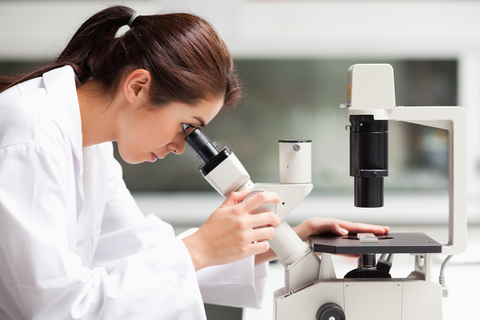Protein cage study could lead to applications in nanotechnology and synthetic biology

A multidisciplinary team from the Bristol BioDesign Institute has come together to study the self-assembly of protein building into protein cages, leading to new research which has potential applications in nanotechnology and synthetic biology.
The paper describes theoretical work and numerical simulations by a team of mathematicians, theoretical physicists, chemists and biochemists from the University of Bristol’s BioDesign Institute, and is published this week in the Proceedings of the National Academy of Sciences of the USA.
Bristol BioDesign Institute (BBI) brings together BrisSynBio, a UK Synthetic Biology Research Centre, and the SynBio Centre for Doctoral Training, and is at the forefront of the global effort to engineer biological systems more predictably and reliably. BBI brings together postgraduate and postdoctoral researchers, academics, policy makers and industry, and engages the public through emerging solutions to global challenges.
The research was led by University of Bristol Professors Tanniemola Liverpool and Noah Linden, from the School of Mathematics, and Dek Woolfson, from the Schools of Chemistry and Biochemistry, and builds on previous research performed in Dek Woolfson’s laboratory on synthetic protein cages. The team’s findings shed light on understanding the regularity of the self-assembled cages, potentially leading to new approaches in protein design for self-assembly and driving new experimental methodologies.
Lead author, Dr Majid Mosayebi, a Postdoctoral Research Associate in Theoretical Biophysics in the University of Bristol’s School of Mathematics, said “The design and construction of man-made structures at microscopic scales is one of the key goals of modern nanotechnology. With nature as inspiration, synthetic biological building blocks have recently been designed that self-assemble into quasi-spherical shells or cages. While many natural protein building blocks self-assemble into highly symmetric ordered shells (e.g. viruses), our study shows that surprisingly even a small amount of (unavoidable) flexibility in the synthetic protein building blocks leads to stable disordered configurations. Our work focuses on how robust the symmetry of the cage is given the flexibility of the protein building blocks. Our work sheds light on the self-assembly mechanisms in these cages, which can have widespread applications in material science and synthetic biology, including fabrication of metamaterials, targeted drug delivery, vaccine design and nanoreactors.”








